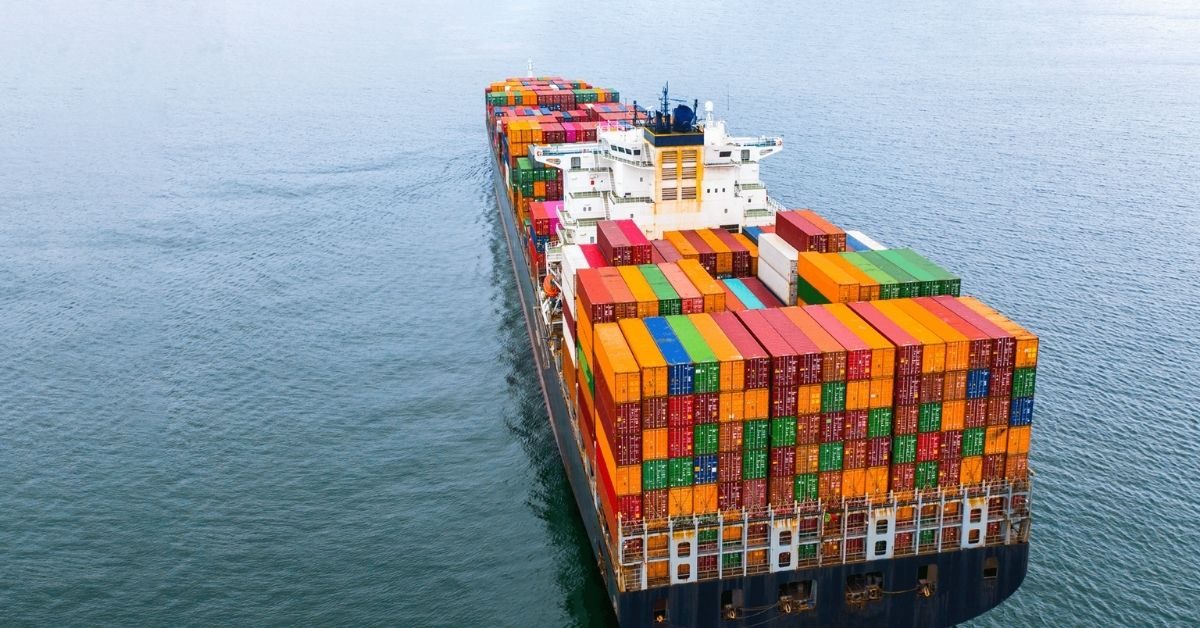We are aiming for merchandise exports of $450 billion in a couple of years.” This was a statement from India’s minister for commerce and industry. “We are concentrating on higher value products such as engineering, drugs and pharmaceuticals, leather and textiles,” he added. In addition to the pursuit of free trade agreements, the minister mentioned that tax and trade reforms were also necessary, as well as a decrease in transaction costs. The commerce secretary too assured us that the present fiscal year’s exports, growing between 25% and 30%, were ahead of target, and saw no reason why India couldn’t reach an audacious goal of $450 billion in a couple of years. A strategy paper to double exports in three years had been prepared by his ministry.
Do these statements sound familiar? They are very similar to current conversations around India’s trade policy and ambitions. But alas, these statements are from 10 years ago. Hence, you can be excused if you can’t shake off a feeling of deja vu. In 2010-11, India’s growth rate of merchandise exports was 37.5%, and there was tremendous export optimism. Reaching $450 billion was seen to be just around the corner. India’s export-to-gross domestic product (GDP) ratio, at a mere 17%, was seen as too low compared to Asian peers like Thailand at 66%, or even South Africa at 27%.
Ten years later, we are back to focusing on exports as a major driver of growth. It is opportune because the world economy led by two of its largest economies, the US and China, is literally booming. These two economies make up nearly 40% of global GDP and they will clock an average growth of 5% over the next two years. That is the equivalent of India’s economy growing at 50%, since it is about one-tenth their size. Buzzing international trade is manifest in high commodity prices, skyrocketing freight charges, container and ship shortages, and overflowing order books. Surely, this is India’s opportunity to seize, and even if it manages to increase its share of manufactured exports in the world from 1.5% to 3%, it would have doubled its exports. As such, the run-rate of exports in the first three months of this fiscal indicates that a $400 billion target is achievable. This target was underlined by the Prime Minister himself in an address to diplomatic missions overseas. Clearly, economic diplomacy will also be intensively used to serve the cause of energizing exports. After a lacklustre five years of cumulative zero growth, prospects are bright for a stellar export performance in the next couple of years, both for manufactured goods and services. That is mostly due to strong economic growth in the developed world, which in turn is fuelled by vaccine optimism and fiscal stimulus. That growth boom has a strong base effect, but it is likely to sustain for a couple of years. The blueprint for doubling India’s exports in three years was written in great detail 10 years ago. It just needs to be dusted and re-read. And maybe updated to incorporate new opportunities. For instance, India’s Special Economic Zones policy needs a reboot. The key determinant of success is implementation.
As we embark on an ambitious yet attainable target, here are seven important considerations. First is the importance of free trade agreements (FTAs). Our biggest trade partner (including services) is the US, with which we do not have an FTA. Clearly, an FTA is not a prerequisite to keep our export engine chugging. In fact, almost three-fourths of India’s exports are outside the ambit of FTAs. So while we aggressively pursue trade and investment treaties with the EU, Australia, Canada and the US, that effort should not stymie export growth. Secondly, nearly 80% of our exports are from only 21 chapters of the Harmonised System (HS) of codes for classifying goods. The remaining 78 of 99 HS chapters lie underused. Of these, there are 24 chapters that contribute between $1 and $4 billion, and need focused attention to double exports. Thirdly,we must ensure that initiatives like Atmanirbhar Bharat (self reliance) or production-linked incentives (PLIs) do not become a camouflage for protectionism. Import substitution as a strategy is fine only if done with low tariff protection and subject to the same benchmarks of quality. Fourthly, export incentives must be generous enough to negate the effect of domestic taxation, in line with the maxim that “you cannot export taxes”.
Fifth, the embrace of global value chains means that our exports will have significant import content. Hence, tariff barriers for imports have to be modest. The counter to this is that exporters get their import duties refunded, or that they can take the route of advance licensing. But every such minutiae is an invitation to delays, paperwork and cumbersome processes, if not corruption. Why not just keep tariffs modest and let exporters focus on enhancing their competitiveness? The sixth aspect is the rupee’s exchange rate. Even the Reserve Bank of India has said that the currency is overvalued, and huge dollar inflows on the capital account are not helping. For exports, a slight bias towards an undervalued currency is preferable. India has a current account deficit, so it should not fear being labelled a ‘currency manipulator’. And seventh is plug-and-play access to global markets for small enterprises. Omnipresent global e-commerce players should be the conduit for this, where a buyer in remote Alaska can click on an item to be shipped from Coimbatore. Are all our systems geared to make this happen? Or will the paperwork, tax, foreign exchange and customs requirements defeat this potential. That’s the litmus test.
Source : Live Mint







